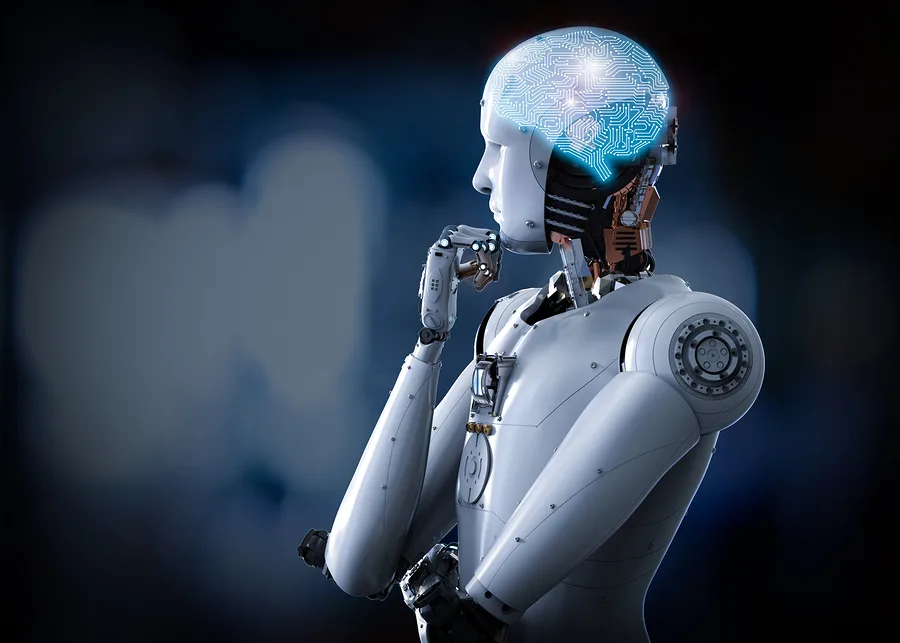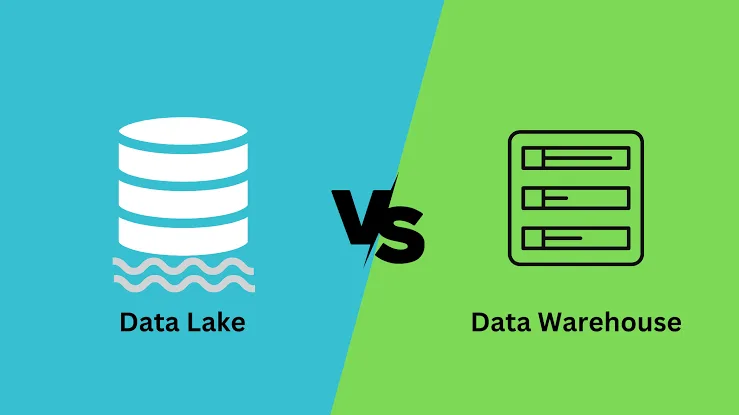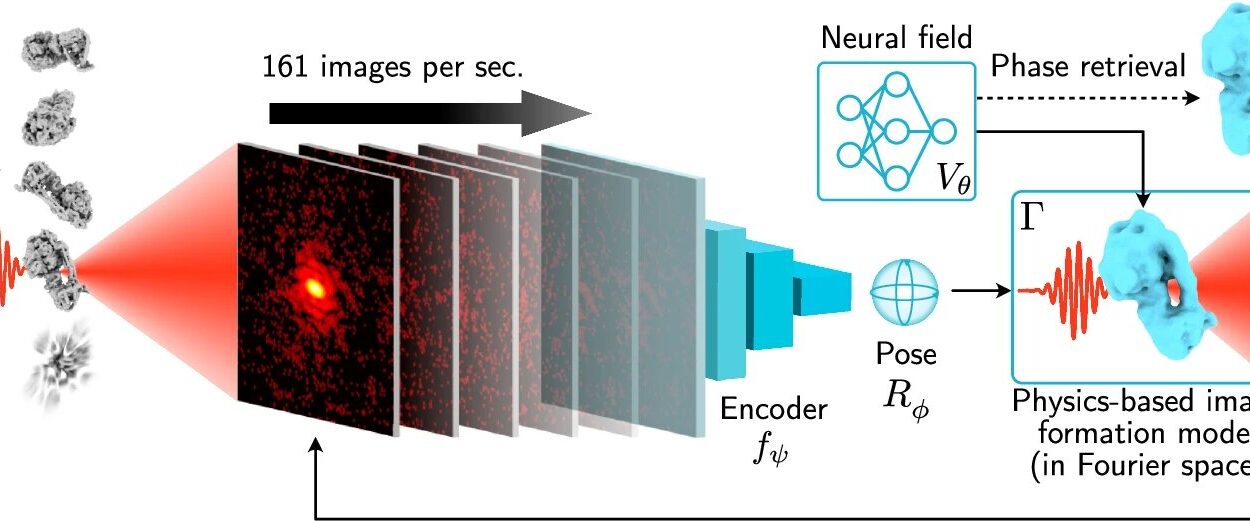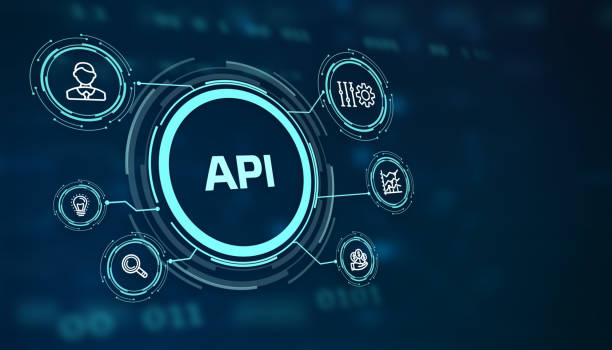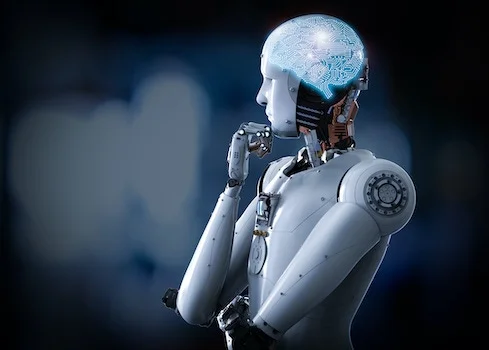Once confined to the realm of science fiction, artificial intelligence (AI) has rapidly evolved into one of the most powerful forces shaping our world. What was once imagined—machines that think, learn, and even create—is now unfolding before our eyes, transforming how we work, live, and understand reality itself.
From computers that can compose symphonies, to algorithms that decode the secrets of life at the molecular level, AI has moved far beyond its original limits. It doesn’t just perform tasks—it adapts, reasons, predicts, and imagines. It’s diagnosing diseases better than doctors, predicting climate patterns with stunning accuracy, writing poetry, driving cars, and even revolutionizing the way we understand proteins and the human brain.
But how did we get here? What are the critical breakthroughs that brought us to this incredible moment in history?
In this article, we’ll explore ten of the most astonishing and transformative achievements in artificial intelligence—each a leap not just in technology, but in human potential. These are the milestones that redefined possibility, shook the foundations of entire industries, and gave us a glimpse into a future where intelligence is no longer solely human.
Whether you’re a curious learner, a scientist, or simply someone who wonders what the future holds, these breakthroughs are the signposts pointing to a new era—one powered by algorithms, data, and the relentless drive of machines to learn.
Welcome to the world of AI. The future isn’t coming. It’s already here.
1. Deep Learning: Machines That See and Understand
When deep learning burst onto the scene in the early 2010s, it was more than just a technological upgrade—it was a seismic shift. Inspired by the layered structure of the human brain, deep learning uses artificial neural networks with many layers to learn complex patterns in data. While neural networks had been theorized for decades, it was deep learning that finally unlocked their full potential.
Thanks to massive datasets, exponential growth in computational power, and refined algorithms, deep learning began to outperform traditional machine learning methods across the board. In 2012, the AlexNet architecture, a deep convolutional neural network, crushed the ImageNet visual recognition challenge—cutting the error rate by half. This wasn’t just an academic milestone. It launched the age of computer vision, where AI could not only label images but also identify faces, track motion, and even generate new visual content from scratch.
Today, deep learning is the secret sauce behind everything from facial recognition in your phone to real-time language translation, self-driving cars, and the synthetic voices that sound increasingly human. The power of deep learning lies in its ability to discover representations automatically—freeing humans from having to hand-design features for complex tasks.
2. Transformers and the Language Revolution
Language has always been a monumental challenge for machines. Grammar, context, metaphor, emotion—human communication is messy and nuanced. Early AI systems relied on handcrafted rules and rigid syntax trees. They failed spectacularly in understanding even the simplest conversations.
That all changed in 2017 with the introduction of the Transformer architecture by Vaswani et al. This architecture, designed to handle sequential data like text, turned natural language processing (NLP) upside down. It replaced the older recurrent neural networks with attention mechanisms that allowed models to consider the full context of a sentence simultaneously.
The results were nothing short of miraculous.
By 2018, OpenAI’s GPT models began completing sentences with eerie fluency. BERT by Google understood sentence meaning in context. Then came GPT-3, with 175 billion parameters, and eventually GPT-4 and its multimodal successors, capable of understanding not just words but images, instructions, even code. These models don’t just autocomplete; they can write essays, answer questions, generate poetry, and hold intelligent conversations.
Transformers have revolutionized AI’s ability to handle text, speech, code, and even biology. Language is no longer the final frontier—it’s now one of AI’s greatest strengths.
3. AlphaFold and the Protein Folding Miracle
One of the oldest and most confounding challenges in biology has been understanding how proteins fold. A protein’s function is determined by its three-dimensional shape, but predicting that shape from its amino acid sequence was once considered one of science’s great unsolved problems.
Enter AlphaFold, an AI system developed by DeepMind.
In 2020, AlphaFold stunned the scientific community by accurately predicting the 3D structures of proteins at a level comparable to lab experiments—a feat that would have taken years of work and millions of dollars using traditional methods.
This wasn’t just a technical triumph. It was a gift to humanity.
Protein structure is essential to drug development, understanding diseases, and designing enzymes that can break down waste or synthesize clean energy. AlphaFold has since predicted the structures of over 200 million proteins, spanning virtually every organism with a known genome. It’s already accelerating progress in medicine, agriculture, and environmental science.
In essence, AlphaFold didn’t just solve a decades-old problem. It opened the door to a new era of molecular biology driven by artificial intelligence.
4. Reinforcement Learning and the Age of Game Masters
Artificial intelligence was once synonymous with board games. But for decades, even mastering games like Go—known for its immense complexity—was beyond reach. Human intuition, it seemed, remained unconquerable.
That changed with AlphaGo, DeepMind’s reinforcement learning agent, which defeated world champion Lee Sedol in 2016. What shocked many wasn’t just the victory—it was how AlphaGo played. Its moves were not only unpredictable but creatively brilliant. It had developed strategies no human had ever considered.
Reinforcement learning (RL) is a technique where agents learn through trial and error, optimizing their actions based on rewards. In simple terms: the machine experiments, fails, learns, and improves. With enough time and computing power, it can achieve superhuman results.
After AlphaGo came AlphaZero, which taught itself to master Go, chess, and shogi from scratch—with no human input. Then came MuZero, which didn’t even need a model of the game rules to start learning.
But reinforcement learning isn’t limited to games. It’s now being used in real-world robotics, logistics, and autonomous navigation. Robots can now learn to walk, balance, manipulate objects, and even fly drones—entirely through trial and error.
Reinforcement learning has turned machines into learners, not just tools.
5. Generative AI: Creating the Unimaginable
Artificial intelligence was once good at recognizing things. Now it’s good at creating them.
Generative AI marks one of the most exciting and controversial frontiers in modern technology. Models like DALL·E, Stable Diffusion, and Midjourney can turn words into images, inventing entirely new artworks from human prompts. MusicLM can compose songs. Runway ML generates video. ChatGPT writes essays, scripts, and even mimics your writing style.
Behind many of these is a type of model known as a diffusion model, which learns to generate high-quality media by simulating how noise can be reversed into structure—a technique reminiscent of photography developing in reverse.
Then there are GANs (Generative Adversarial Networks), where two neural networks compete: one generates content, and the other evaluates it. This competition produces increasingly realistic results—from synthetic human faces to virtual fashion models and hyperrealistic art.
The implications are enormous. Artists now collaborate with AI to expand their creativity. Filmmakers can use AI to storyboard or even animate scenes. Brands create content without cameras. Scientists simulate molecules. Educators generate virtual worlds for immersive learning.
Generative AI is not just a tool—it’s a new medium of creation. But it also raises questions: What is originality? Who owns AI-generated content? Can we trust what we see?
6. Robotics Meets AI: Machines That Move and Think
Until recently, robots were clunky, single-purpose machines—factory arms doing repetitive tasks with limited adaptability. But when AI meets robotics, the result is nothing short of astonishing.
Modern robots—powered by AI, computer vision, and reinforcement learning—can navigate chaos. Boston Dynamics’ robot dogs can jog up stairs, dance, and carry payloads across rugged terrain. Tesla’s Optimus robot aims to automate labor in households and factories.
Thanks to breakthroughs in sensor fusion, real-time decision-making, and model predictive control, robots now perceive the world in 3D, anticipate events, and make fast adjustments. This is no longer rigid pre-programmed behavior—it’s adaptive intelligence in physical form.
In agriculture, AI robots pick strawberries with gentle precision. In warehouses, autonomous systems like those from Amazon move packages with uncanny efficiency. In surgery, AI-assisted robots perform delicate procedures with sub-millimeter accuracy.
The ultimate goal? Embodied intelligence—machines that understand the world not just as data, but as experience.
The dream of general-purpose robots, once science fiction, is coming into focus. They won’t just follow instructions—they’ll learn, evolve, and interact.
7. AI in Healthcare: Diagnosing With Superhuman Precision
Perhaps no field stands to benefit more from AI than healthcare.
Artificial intelligence is now diagnosing diseases, predicting patient outcomes, designing treatment plans, and even discovering new drugs. Algorithms can detect diabetic retinopathy, skin cancer, and breast tumors from medical images—sometimes more accurately than human doctors.
Google Health’s AI for mammogram analysis reduced false positives and false negatives. DeepMind’s work in retinal imaging and kidney injury prediction offers hope for early detection and intervention.
And AI isn’t limited to diagnostics. Platforms like Insilico Medicine and Atomwise are using deep learning to analyze chemical compounds and predict how they’ll behave in the body. This could reduce the drug development timeline from 10 years to just a few.
Virtual health assistants powered by NLP are helping patients manage chronic diseases, track medications, and get mental health support 24/7.
Ethical challenges remain—privacy, bias, trust—but the trajectory is clear. AI is becoming a doctor’s most powerful ally, not a replacement but a collaborator in healing.
8. Autonomous Vehicles: The AI-Powered Revolution on Wheels
Self-driving cars were once a fantasy, confined to the pages of sci-fi novels. Today, they’re becoming reality—and it’s all thanks to AI.
At the heart of autonomous vehicles is a fusion of computer vision, lidar and radar data, sensor analysis, object tracking, and real-time decision-making. These systems must interpret the road, recognize pedestrians, obey traffic laws, and respond to unpredictable events—all in milliseconds.
Tesla’s Full Self-Driving (FSD) Beta, Waymo’s robotaxis, and Cruise’s urban test fleets show how far we’ve come. These cars build detailed 3D maps of the environment, predict the actions of other drivers, and adjust their routes in real time.
AI also powers autonomous trucks, ships, and drones. Supply chains are being reimagined, with faster, cheaper, and safer deliveries.
The stakes are enormous. Fully autonomous vehicles could reduce accidents, cut emissions, and transform urban life. But challenges remain: edge cases, ethical decisions (like the infamous “trolley problem”), regulatory hurdles, and the need for robust safety validation.
Still, AI is steering us toward a future where transportation is faster, cleaner, and more accessible.
9. AI for Climate Science and Environmental Action
As the climate crisis accelerates, scientists are turning to AI for help.
Machine learning models are now predicting climate patterns, simulating ocean currents, and analyzing satellite imagery to monitor deforestation, glacier loss, and sea-level rise.
AI is helping optimize renewable energy grids by forecasting solar and wind patterns. It enables smart agriculture—drones and sensors powered by AI that monitor crop health, reduce water usage, and prevent pest outbreaks.
Carbon capture technologies use AI to model chemical reactions and identify more efficient ways to trap CO₂. Cities are using AI to design energy-efficient buildings, optimize traffic flows, and monitor air pollution in real-time.
Even biodiversity is getting a boost. Conservationists deploy AI to track endangered species using sound, motion sensors, and camera traps. Algorithms identify animals by their calls or footprints, enabling real-time ecological protection.
In a world where climate change is complex and fast-moving, AI becomes a critical tool—not a silver bullet, but a force multiplier for human action.
10. Artificial General Intelligence (AGI) and the Road Ahead
Finally, we come to the horizon that looms over all of AI—the pursuit of Artificial General Intelligence, or AGI.
AGI is not about narrow tasks. It’s about machines with the flexibility, reasoning, and learning capacity of the human mind. An AGI could switch from math to music, write a novel in the morning, design a spacecraft in the afternoon, and debate ethics in the evening. It would not be limited by its programming—it would evolve and think.
While current AI systems—like GPT-4 or Gemini—show glimpses of generality, they remain brittle. They lack understanding, self-awareness, and true agency. But researchers at places like OpenAI, DeepMind, Anthropic, and Google are steadily pushing the envelope.
Efforts to align these future systems with human values, ethics, and goals are becoming urgent. The stakes are enormous. A beneficial AGI could cure diseases, solve climate change, and uplift billions. A misaligned AGI could cause catastrophic harm.
In the words of Alan Turing, “We can only see a short distance ahead, but we can see plenty there that needs to be done.”
Conclusion: A Force That Shapes the Future
Artificial Intelligence is no longer an abstract idea—it’s a living, breathing force reshaping our world.
It sees more clearly than us, remembers more accurately, learns faster, and creates in ways we never imagined. But it’s also a mirror—reflecting our values, biases, and intentions.
The breakthroughs we’ve seen are just the beginning. AI is not a destination, but a journey—one filled with awe, wonder, challenge, and responsibility.
And now, that journey includes all of us.
